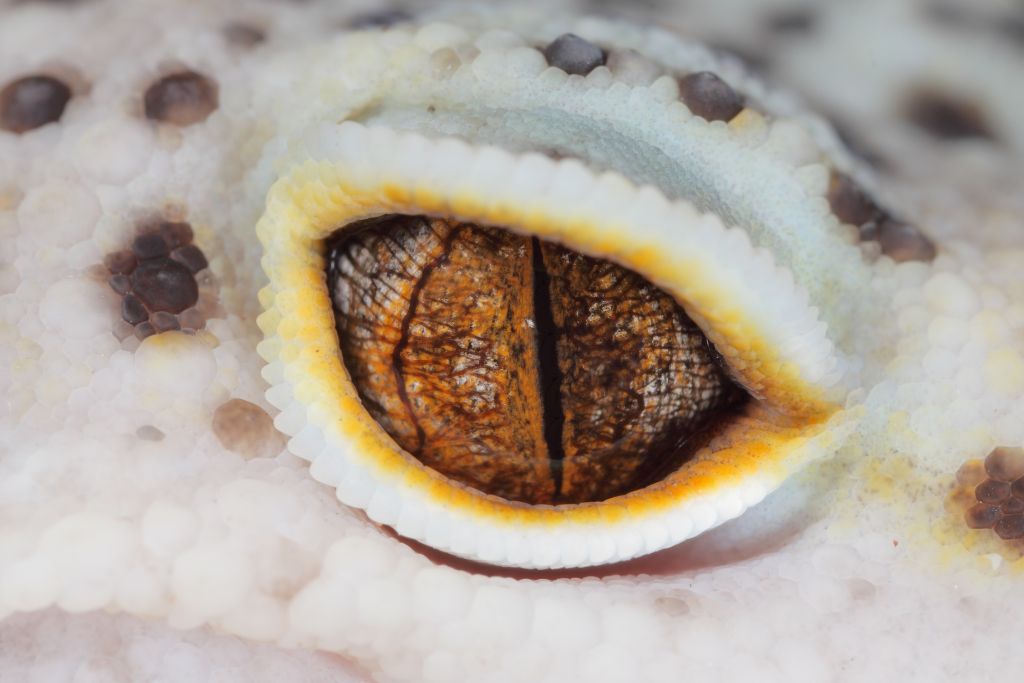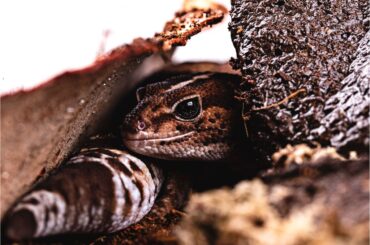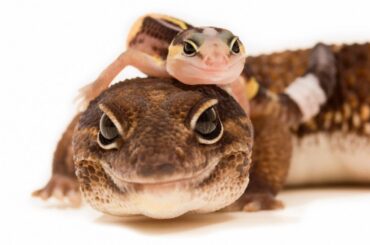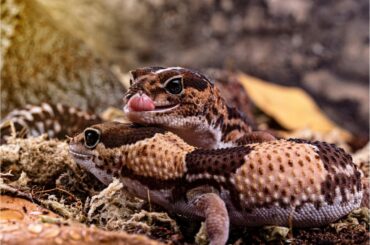Do you own a leopard gecko? Have you ever noticed something unusual about its eyes? Could it be an eye infection? Knowing how to care for these beautiful creatures is essential, especially regarding their eye health.
Leopard gecko eye infections can be a big problem. They’re not only painful for your beloved pet, but what makes it even more important to watch out for them is that they can also lead to more severe health issues.
In this article, you will learn all about how to recognize and treat eye infections in leopard geckos, including the symptoms and causes.
Leopard Gecko Eye Anatomy
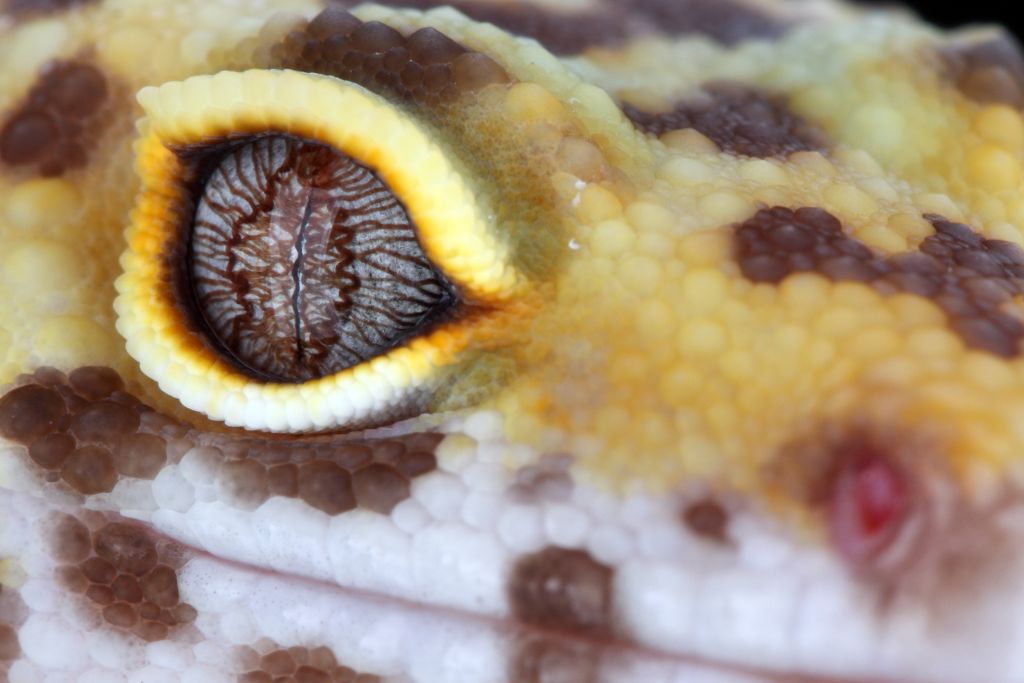
A leopard gecko’s eyes are fascinating structures. They have eyelids that can close, unlike most other geckos. These eyelids protect their eyes from dirt and help keep them moist. The eyes also have a precise scale called a spectacle. This scale covers the eye, and the gecko sheds it when they shed their skin.
In their daily activities, leopard geckos rely heavily on their eyes. These creatures use their keen eyesight to hunt insects and other food. Their eyes also help them watch for predators, navigate their environment, and communicate with other geckos. With sharp vision, they can spot the slightest movement and react quickly to catch their prey or escape danger.
Gecko’s eyes play a critical role in survival, so keeping them healthy is very important. Understanding the structure of the eyes and how to care for them can make a big difference in a leopard gecko’s life, especially if an eye infection or injury makes finding food or staying safe difficult.
Symptoms of Leopard Gecko Eye Infections
Eye infections in leopard geckos can be painful and even dangerous if untreated. Take a look at some of the common symptoms to watch out for:
- Swollen or Red Eyes: This might be the first sign of an infection. If you notice your gecko’s eyes looking puffy or unusually red, it’s time to pay attention.
- Discharge or Crust Around the Eyes: Any sticky liquid or crusty buildup around the eyes could be another sign of an infection.
- Excessive Blinking or Closing of the Eyes: A gecko that blinks or keeps its eyes closed might feel pain or discomfort.
- Cloudy or Hazy Appearance: If the eyes look foggy or unclear, this may indicate an infection.
- Eye Infection from Shedding: Sometimes, the precise scale or “spectacle” doesn’t shed properly and can cause an infection.
- Difficulty shedding Around the Eyes: If your gecko struggles to shed the skin around its eyes or if pieces of skin remain attached, this might lead to an infection.
- Avoidance of Light: A gecko that suddenly avoids glare or prefers to stay in dark places might have a problem with its eyes.
Causes of Eye Infections in Leopard Geckos
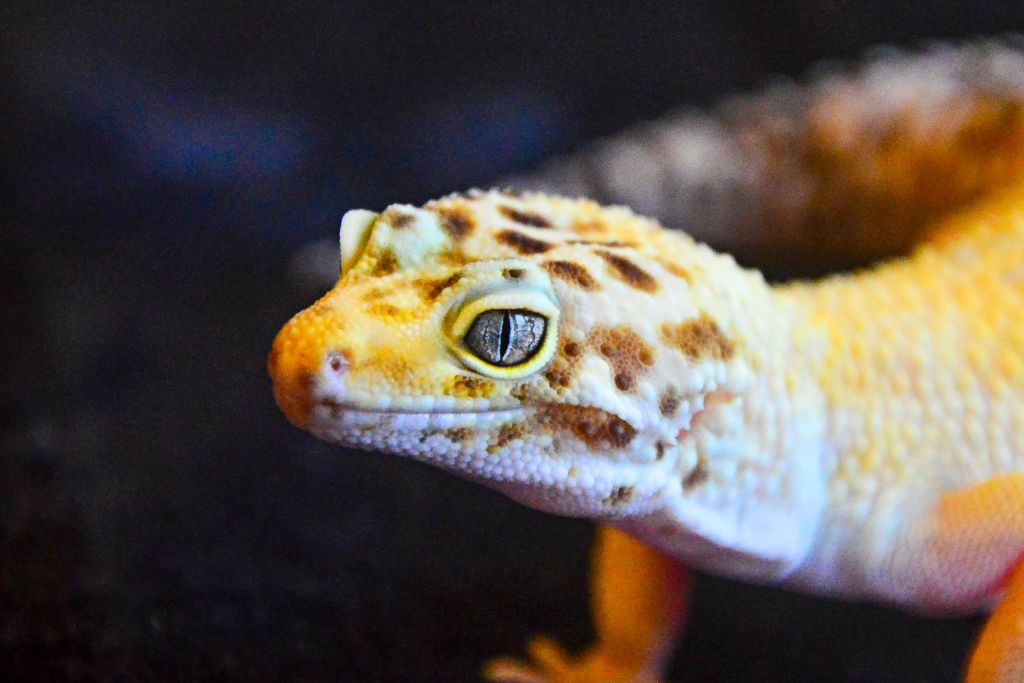
Eye infections in leopard geckos can be scary, but knowing the causes can help you prevent them. Here are some common reasons your gecko might get an eye infection:
- Poor Husbandry and Unclean Enclosures: Dirty living conditions can easily lead to infections.
- Bacterial or Fungal Infections: Harmful bacteria or fungi might grow in the gecko’s eyes.
- Trauma or Injuries to the Eye: Scratches or other injuries can allow bacteria to get into the eye.
- Parasitic Infestations: Tiny bugs or parasites might infect the eyes.
- Improper Shedding: If the skin around the eyes doesn’t shed properly, it can cause infection.
Diagnosis of Leopard Gecko Eye Infections
Regarding eye infections in leopard geckos, a trained veterinarian is the best person to diagnose the problem. They will carefully examine the gecko’s eyes, possibly using special tools to look closer. Some vets might take a small sample to check for bacteria or other germs. Getting professional help is vital.
Leopard Gecko Eye Infection Treatment
Treating an eye infection in a leopard gecko is serious business. With the proper care, your gecko will feel better soon. Here are some treatment options that a veterinarian might recommend:
- Topical Antibiotics or Ointments: Special medicine can help fight the infection.
- Warm Compresses for Soothing and Cleansing the Eyes: Warm, damp cloths can gently clean the eyes.
- Quarantine and Isolation to Prevent the Spread of Infection: Keeping the sick gecko away from others can stop the disease from spreading.
- Proper Enclosure Cleaning: A clean home will help the gecko heal and prevent future infections.
- Regular Checkups with the Veterinarian: Follow-up visits can make sure the treatment is working.
Home Care and Recovery
Caring for a leopard gecko with an eye infection at home is crucial for recovery. Following the vet’s instructions and providing a loving, clean environment can make a difference. Here’s how to help your gecko heal:
- Keep the Enclosure Clean: Regular cleaning prevents further infections.
- Follow Medication Instructions: If the vet prescribes medicine, use it exactly as directed.
- Monitor Your Gecko’s Behavior: Keep an eye on how your gecko acts, eats, and sheds.
- Provide Fresh Water and Food: Clean water and appropriate food help your gecko stay strong.
- Avoid Stressing Your Gecko: Keep handling to a minimum to allow the gecko to rest.
When to Seek Veterinary Assistance
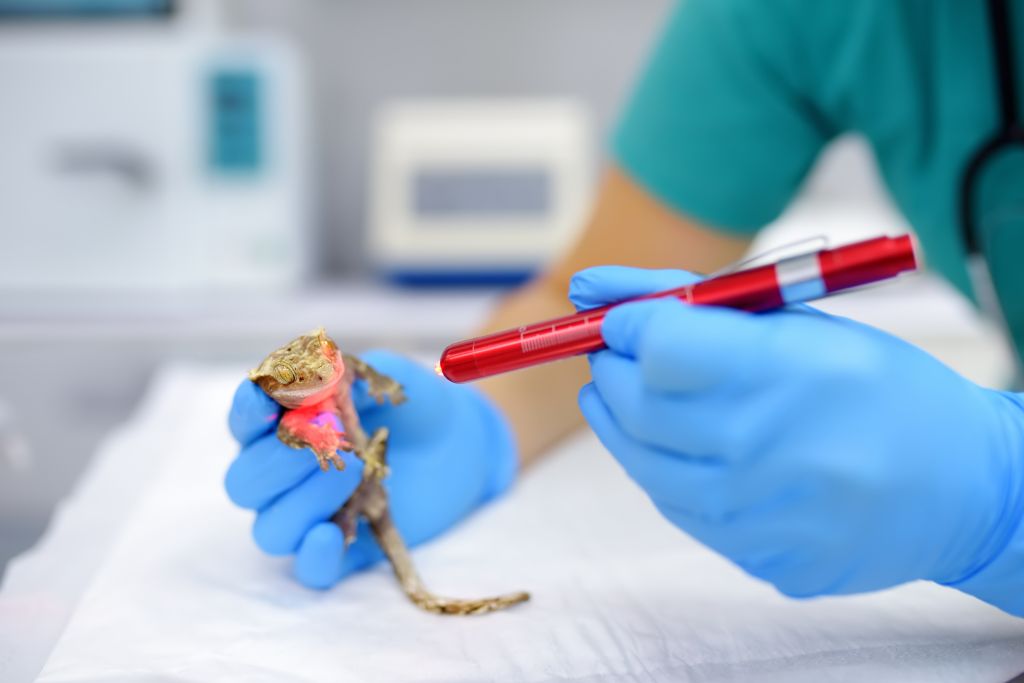
Eye infections in leopard geckos can get worse quickly, so it’s vital to act fast. Here’s when you should seek immediate veterinary assistance:
- If the Symptoms Don’t Improve: Even with home care, if things aren’t improving, call the vet.
- When There’s a Sudden Change: If your gecko’s condition changes quickly, it needs professional help.
- If You Doubt Something: Always consult the vet.
- For Regular Checkups, Make Sure Not to Skip Follow-Up Visits: Your gecko needs the vet to see how it’s healing.
Conclusion
Caring for a leopard gecko means always looking for signs of eye infections or other health problems. Regular monitoring can catch issues early, making treatment more effective. Your gecko will feel better and live a happy, healthy life with quick action and proper care at home and from a veterinarian.
FAQs
How to Treat a Leopard Gecko Eye Infection?
Visit a veterinarian who specializes in reptiles. They can diagnose the problem and prescribe proper medication and care. Follow their instructions closely for home care, as well.
How Do You Clean a Leopard Gecko’s Eyes?
Use a warm, damp cloth or cotton ball to wipe the eye area gently. Be gentle and consult your vet for specific instructions, mainly if an infection occurs.
Can I Use Eye Drops on My Gecko?
It’s best to consult with a veterinarian first. They can recommend specific eye drops or safe treatments for your leopard gecko. Never use human eye drops or any other products without professional guidance.
What Should I Do If My Leopard Gecko’s Eye Looks Swollen?
Contact your veterinarian right away, as swelling may indicate an infection or injury. Follow their advice closely to ensure proper care.
Can a Leopard Gecko’s Eye Infection Spread to Other Pets?
Yes, some infections can spread to other reptiles in the same enclosure. It’s essential to consult with a veterinarian and follow proper quarantine procedures if needed.
How Can I Prevent Eye Infections in My Leopard Gecko?
Maintaining a clean enclosure, providing proper humidity, and regularly monitoring your gecko’s health can help prevent eye infections. Regular veterinary checkups are also beneficial.
Is It Normal for My Leopard Gecko to Shed Around Its Eyes?
Yes, shedding around the eyes is normal, but improper shedding can lead to eye problems. If you notice any issues, consult your veterinarian for guidance on proper shedding care.
What Food Should I Feed My Leopard Gecko During Recovery from an Eye Infection?
Offer the usual diet but consult with your veterinarian, as they may recommend specific foods or supplements to support recovery. Always follow their expert advice for the best results.

